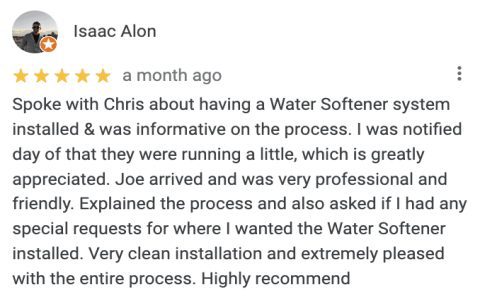Wall textures offer both aesthetic appeal and practical benefits, such as hiding imperfections and adding character to a room. Several distinct styles are commonly used in interior design, each providing a unique look and feel.
Smooth Finish
A smooth finish is the absence of texture, providing a clean, modern, and minimalist look. It requires a high level of skill for flawless application (typically a Level 5 drywall finish) as it reveals imperfections easily. It serves as an excellent, sleek base for paint or wallpaper.
Orange Peel Texture
This texture subtly resembles the skin of an orange with its fine, dimpled surface. Achieved by spraying thinned joint compound, orange peel is durable, easy to clean, and effective at masking minor wall flaws. It is frequently used in new residential construction.

Key Characteristics:
- Subtle, consistent bumps
- Good for high-traffic areas
- Can be painted easily
Knockdown Texture
Knockdown texture is created by spraying texture material onto a surface and then "knocking down" the peaks with a drywall knife before it fully dries. This results in a flattened, somewhat irregular pattern, more pronounced than orange peel but less so than heavy textures. It can impart a rustic or Mediterranean feel.
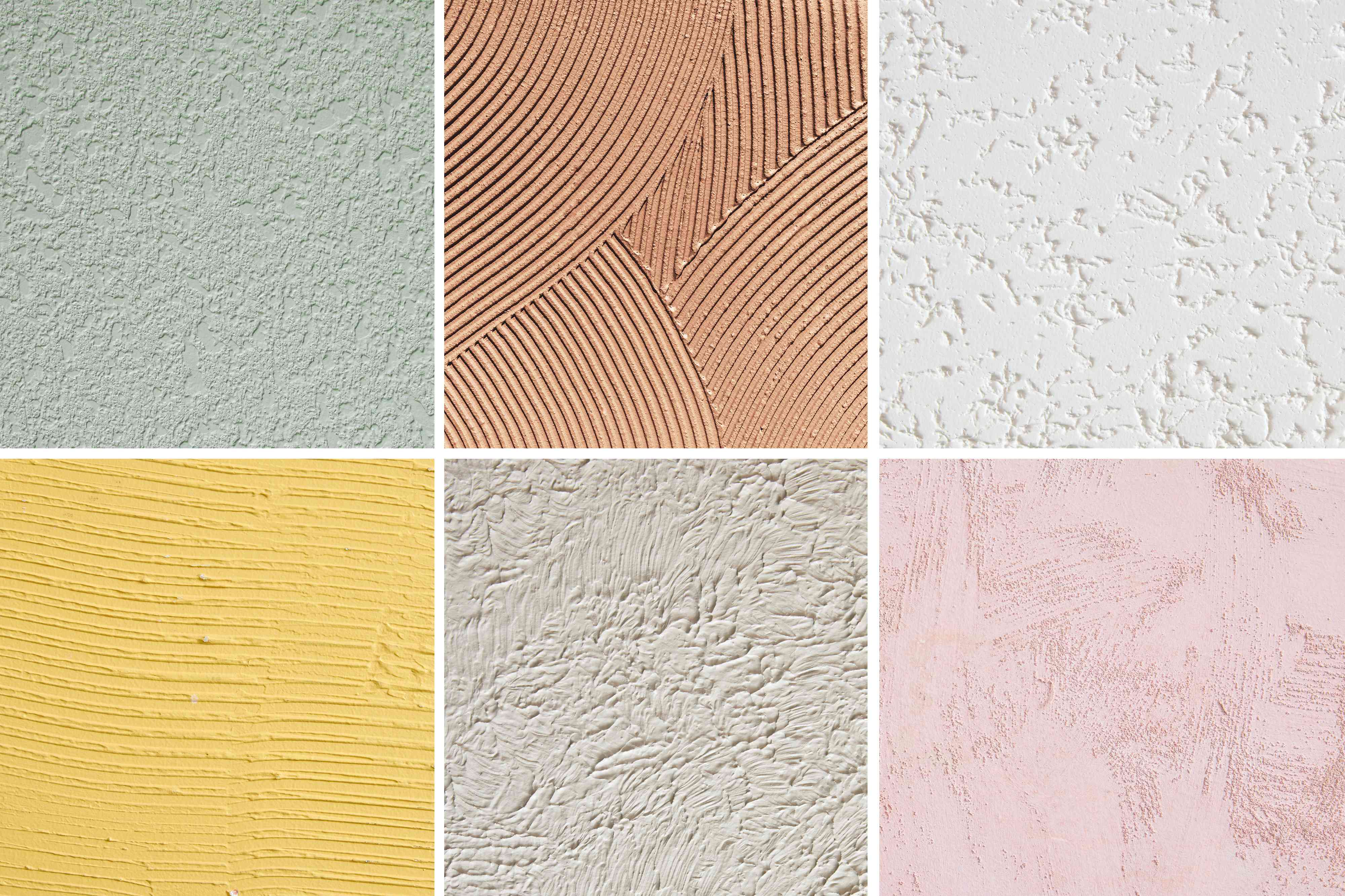
Key Characteristics:
- Flattened, organic pattern
- Hides imperfections effectively
- Adds visual depth and dimension
Popcorn (Acoustic) Texture
Also known as acoustic texture, popcorn was historically popular for ceilings due to its sound-dampening qualities and ability to hide imperfections. It consists of coarse particles, creating a lumpy surface. Modern alternatives are often preferred due to cleaning and repair difficulties, and the potential for asbestos in older applications.
Key Characteristics:

- Coarse, projecting aggregate surface
- Sound-dampening properties
- Effectively conceals ceiling flaws
Sand Swirl Texture
Sand swirl texture incorporates sand mixed into primer, paint, or joint compound, which is then applied in a swirling motion using a brush. This creates a distinctive, elegant look with a series of overlapping arches or circles. The texture's prominence depends on the sand's coarseness.
Key Characteristics:
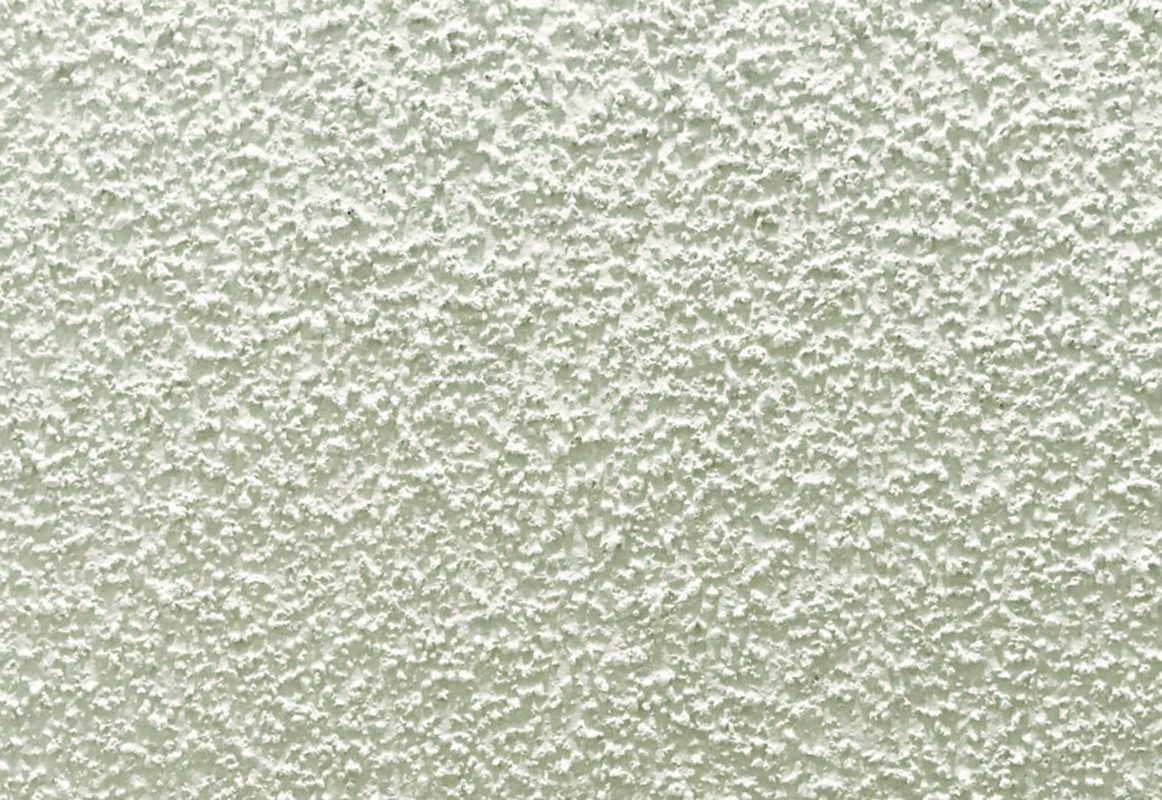
- Overlapping circular or semi-circular patterns
- Can be subtle or pronounced based on application
- Adds a decorative, custom touch
Slap Brush / Crow's Foot Texture
This texture is achieved by applying joint compound and then using a "slap brush" (a brush with stiff, widely spaced bristles, sometimes called a "panda paw" or "crow's foot" brush) to create a fan-like or sunburst pattern. It's a bold, highly decorative texture.
Key Characteristics:
- Distinctive, radiating patterns
- Highly decorative and textured
- Requires consistent application technique
Comb Texture
Comb texture involves applying joint compound and then using a toothed trowel or specialized comb to create various patterns, often lines, arcs, or repeating geometric shapes. The depth and design are determined by the comb's teeth and the application technique.
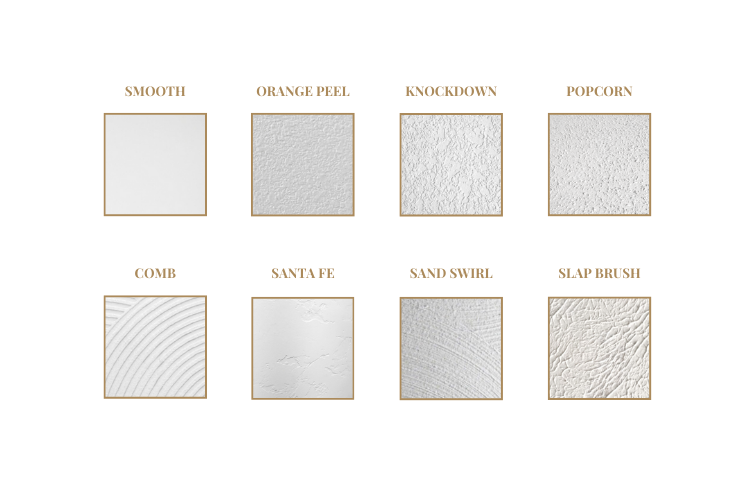
Key Characteristics:
- Linear, arched, or custom patterns
- Can be highly stylized
- Offers a structured decorative appearance
Venetian Plaster
Venetian plaster is a high-end finish made from slaked limestone mixed with marble dust. It is applied in thin, multiple layers and then burnished to create a smooth, cool surface with the illusion of depth and natural stone-like movement. It can be tinted to various colors and offers a luxurious, classic aesthetic.
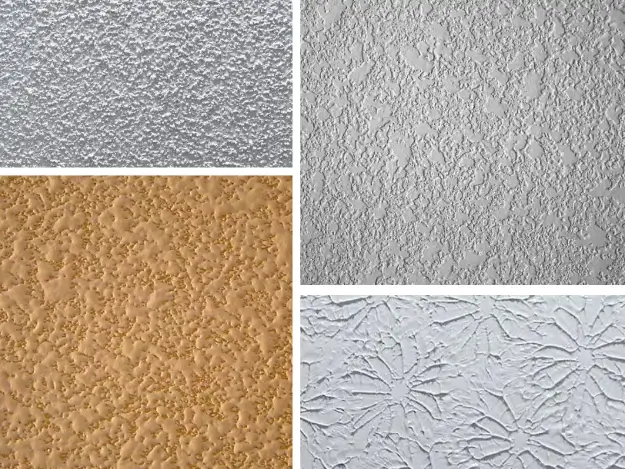
Key Characteristics:
- Smooth, often polished finish with depth
- Durable and breathable material
- Creates a sophisticated, marble-like appearance


